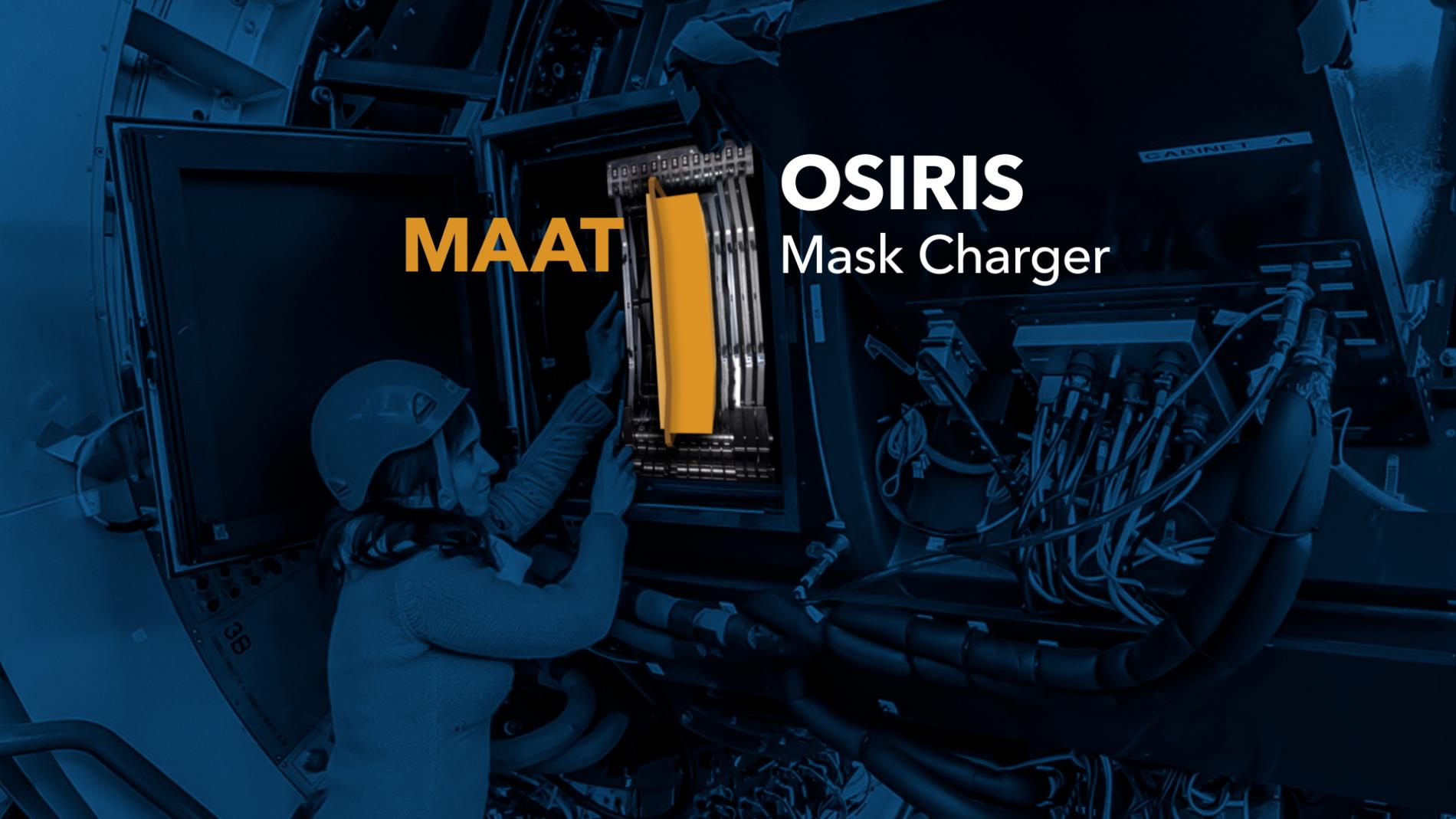MAAT: new “eyes” for the OSIRIS instrument of the Gran Telescopio Canarias (GTC)
MAAT, a visiting GTC instrument in the preliminary design phase, will bring the technique known as integral field spectroscopy to the OSIRIS instrument
The OSIRIS instrument began operating from the first light of the Gran Telescopio Canarias (GTC), in 2009, and has shown exceptional efficiency over more than a decade. In 2023 the MAAT module (acronym for Mirror-slicer Array for Astronomical Transients), which is now in the preliminary design phase, will be installed within OSIRIS and will add integral field spectroscopy (IFS) to the excellent image quality provided by the GTC.
The IFS technique has been a revolution, since it allows obtaining spectra of a large, two-dimensional area of the sky (hence this technique is referred to as three-dimensional spectroscopy). In addition to providing data cubes, which record spectral and spatial information, the IFS technique allows images to be obtained at any wavelength within the observed spectral range. OSIRIS+MAAT will be a unique installation in ten-meter telescopes around the world, and will make the Gran Telescopio Canarias maintain its leadership in international astronomical observation.
The core of MAAT is an optical micro-slicer imaging system that allows, when combined with the OSIRIS spectrograph, to create a 3D view of a portion of the sky. It creates an image data cube where each spatial pixel has a spectrum as a third dimension. Analysis of the entire data cube allows the study of different objects within the MAAT field of view at different wavelengths.
“MAAT's high-level scientific requirements will address the needs of the GTC community for a wide range of science topics, spanning all of astronomy given its unique observing capabilities. MAAT will play a fundamental role in synergy with other facilities that operate in the Roque de los Muchachos Observatory”, points out Francisco Prada, scientist at the Institute of Astrophysics of Andalusia (IAA-CSIC) and principal investigator of the project.
"MAAT will allow the identification and characterization of kilonovas, the study of the matter inside them and the electromagnetic emission associated with collisions involving neutron stars and black holes that emit gravitational waves", points out Ángeles Pérez García, professor at the University of Salamanca. "MAAT will be key to understanding the origin of the discrepancies observed in the chemical abundances of ionized nebulae, a fundamental problem in astrophysics since the mid-20th century", says David Jones, a researcher at the Instituto de Astrofísica de Canarias (IAC) and the University of La Laguna. Both scientists are coordinators of the MAAT working groups.
"The capabilities of MAAT coupled to OSIRIS will reveal the origin and evolution of planetary mass objects located at great distances from their stars, and will contribute to the characterization of the new brown dwarfs that will be discovered with the Euclid space mission", comments Eduardo Martín Guerrero de Escalante, CSIC research professor and institutional representative of the IAC in the project consortium.

MAAT began its preliminary design phase on November 1, 2020, and is scheduled for first light in spring 2023. The preliminary design phase will end on July 30, 2021, and includes a detailed study of different aspects of the instrument, including the scientific and technical specifications, the reasoning of outstanding scientific cases and a preliminary design of the mechanics and optics of the instrument. "It also addresses the development of data analysis software that will be distributed to the GTC community to guarantee the scientific exploitation of the data obtained with MAAT", says Enrique Pérez, IAA-CSIC scientist who participates in the instrument.
MAAT COLLABORATION
The members of the MAAT Collaboration are the Institute of Astrophysics of Andalusia (IAA-CSIC), which heads the project, the Institute of Astrophysics of Canary Islands (IAC), the DARK (Niels Bohr Institute, University of Copenhagen), and the Oskar Center Klein Institute of Cosmoparticle Physics (Stockholm University), who have recently signed a Memorandum of Understanding (MoU) laying the foundations for the design, construction and operation of MAAT. Researchers associated with MAAT are affiliated with the Department of Fundamental Physics of the University of Salamanca (USAL), National Institute of Astronomy, Optics and Electronics (INAOE), Liverpool John Moores University (LJMU) and Australian Astronomical Optics - Macquarie University (AAO- MQ). The MAAT project has the technical support and help of the GTC Office in La Palma, AAO-MQ, and the companies Proactive R&D and OpticalDevelopment (Spain) and Winlight (France).
F. Prada et al. "White paper on MAAT @ GTC”. https://arxiv.org/pdf/2007.01603.pdf
Instituto de Astrofísica de Andalucía (IAA-CSIC)
Unidad de Divulgación y Comunicación
Silbia López de Lacalle - sll[arroba]iaa.es - 958230676
https://www.iaa.csic.es
https://divulgacion.iaa.csic.es

